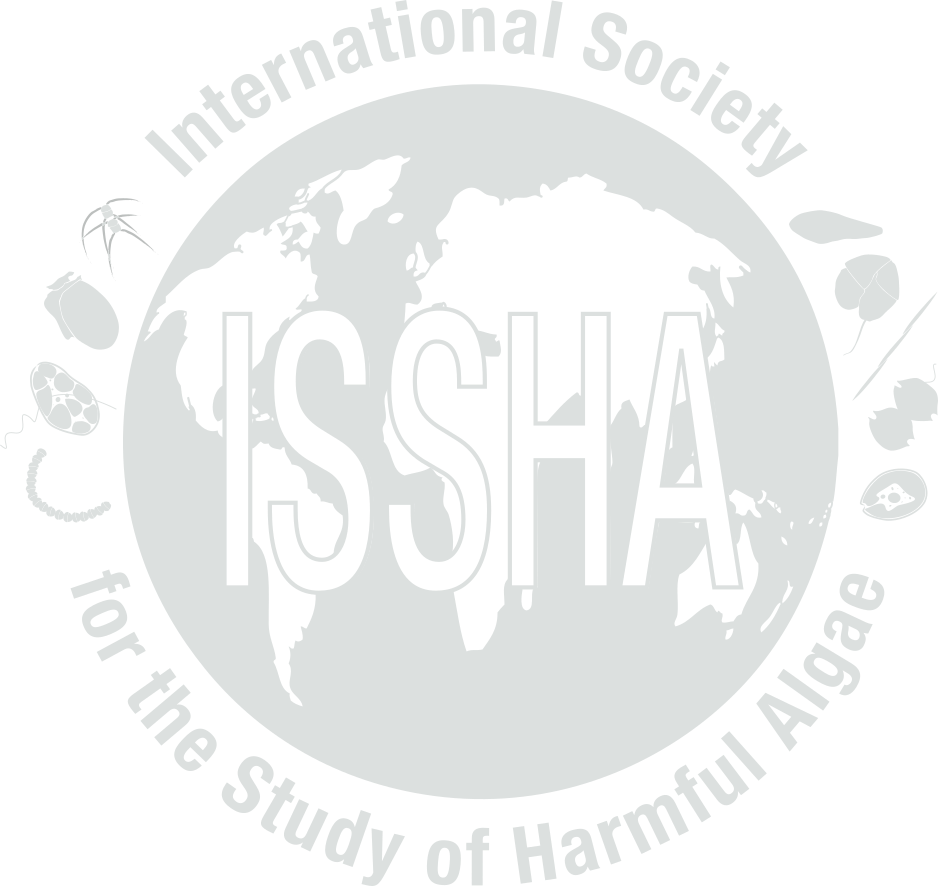


| Event name: | CA-02-012 | |
| Country: | CANADA | |
|
Nature of the harmful event: |
Seafood toxins | |
|
Event directly affected: |
Shellfish | |
| Toxicity detected: | Yes | |
| Associated syndrome: | ASP | |
| Unexplained toxicity: | No | |
| Species implicated in toxin transmission (transvector): | Pseudo-nitzschia cf. Seriata | |
| Report the outcome of a monitoring programme: | Yes (Canadian Food Inspection Agency Program, and Fisheries and Oceans Canada, Aquaculture Research Secti) | |
| Event occurred before in this location: | No | |
| Individuals to contact: | McKENZIE, Cynthia | |
| Location: | Latitude: 51.500000, Longitude: 55.500000 | |
| General location information: |
Northern Penninsula, Newfoundland Region HAB Area code(s): CA-26 |
|
| Additional location information: | St. Luniare Bay Northern penninsula.Offshore, benthic | |
| Bloom event dates (yyyy/mm/dd): | Start: 2002-06-05, | |
| Quarantine levels dates (yyyy/mm/dd): | ||
| Additional date-related information: | Continuation of closure from Aug. 22, 2001 | |
| Causative organism known: | No | |
| Causative Species/Genus: | ||
| Co-Ocurring Species/Genus: |
Pseudo-nitzschia spp.
( cells/L)
Detected as co-occurring, not confirmed to be the causative organism |
|
| Chlorophyll concentration, if known: | µg/l | |
| Additional bloom information: | ||
| Event-related bibliography: | ||
|
||||||||||||||||||||||||||
| Nutrient information: | ||||||||||||||||||||||||||
| Temperature Range During Event: | Max: °C, Min: °C | |||||||||||||||||||||||||
| Salinity Range During Event: | ||||||||||||||||||||||||||
| Bloom location in the water column: | ||||||||||||||||||||||||||
| Growth: | ||||||||||||||||||||||||||
| Growth Comments | ||||||||||||||||||||||||||
| Additional Environmental information: | ||||||||||||||||||||||||||
|
|||||||
| Kit used: | Type of kit used: | ||||||
| Additional information: | |||||||
| Economic losses: | |||||||
| Management decision: | |||||||
| Additional harmful effect information: | Pseudo-nizschia species similar to P. seriata were found in large numbers (not a bloom) in regions adjacent to the closed region. | ||||||
